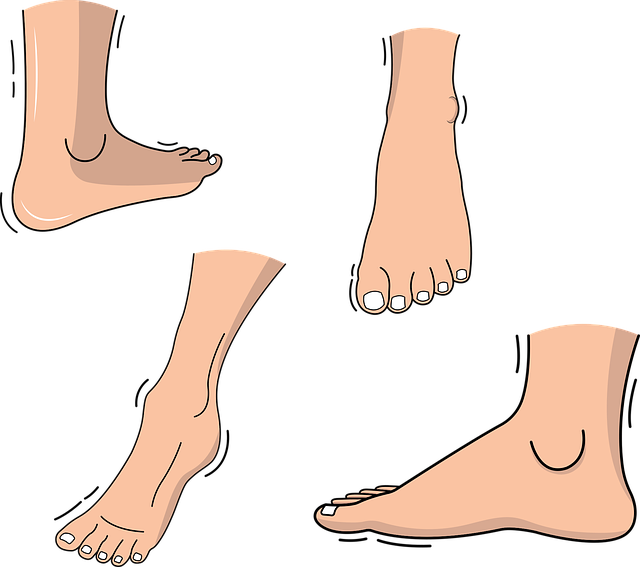Injury case timelines differ significantly based on harm severity. Minor injuries heal quickly, allowing for swift resolutions, while major injuries like traumatic brain injuries (TBI) or permanent disfigurement require extensive medical treatment and rehabilitation, making legal processes complex and lengthy. The complexity of major injury cases necessitates specialized attorneys to navigate medical and legal complexities, focusing on long-term care needs. Timely medical attention and early legal advice are crucial for both physical recovery and managing severe injury case timelines.
“Navigating an injury case requires a deep understanding of the nuances between minor and major injuries, which significantly impact legal timelines. This article breaks down these distinctions, offering insights into the distinct processes for handling minor versus major injuries.
From initial assessments and reporting to complex legal negotiations and prolonged recovery periods, discover how each scenario shapes the injury case timeline. By understanding these differences, individuals involved in such cases can better prepare for potential challenges and navigate their journeys more effectively.”
- Understanding the Difference Between Minor and Major Injuries
- – Defining minor and major injuries
- – Impact on legal cases and timelines
Understanding the Difference Between Minor and Major Injuries

Injury cases are often categorized based on the severity of the harm inflicted, which significantly impacts the subsequent timeline and legal process. When discussing an injury case timeline, understanding the distinction between minor and major injuries is paramount. Minor injuries typically include soft tissue damage such as sprains, strains, and bruises, along with broken bones that heal without significant complications. These cases often result in shorter recovery periods and may be resolved faster through settlement negotiations or court proceedings.
In contrast, major injuries encompass more severe traumas like traumatic brain injuries (TBI), spinal cord injuries, paralysis, and permanent disfigurement. Such injuries frequently require extensive medical treatment, rehabilitation, and lifelong care. As a result, personal injury claims for major injuries tend to be complex and lengthy due to the extensive medical evidence needed to support the victim’s case. Legal representation from experienced professionals in elder law or personal injury claims is often crucial in navigating these intricate matters and ensuring a fair outcome.
– Defining minor and major injuries

Injury cases often involve a wide range of severity, from minor to major injuries. When discussing an injury case timeline, it’s crucial to understand this distinction. Minor injuries typically include soft tissue damage such as sprains, strains, or contusions. These often heal within a few weeks with appropriate rest and over-the-counter treatments. In contrast, major injuries can involve fractures, internal bleeding, head trauma, or severe spinal cord damage, which may require extensive medical intervention, including surgery, and have longer recovery periods.
The injury case timeline varies significantly based on the severity. For minor injuries, legal processes can be swift as there’s usually less complex medical evidence required. This might include a quick consultation with an accident lawyer, gathering initial medical reports, and settling out of court. Conversely, major injuries necessitate more extensive documentation, including detailed medical reports, expert opinions, and potentially lengthy rehabilitation periods. An accident attorney specializing in such cases would navigate these complexities to ensure the victim receives fair compensation for their pain, suffering, and long-term care needs.
– Impact on legal cases and timelines

The severity of an injury significantly influences the legal process and case timelines. In minor injury cases, such as a slip and fall incident resulting in minimal wounds or property damage claims, the legal proceedings tend to be relatively swift. These cases often settle outside of court within weeks or months, with compensation determined based on medical expenses and minor pain and suffering.
Conversely, major injuries have profound implications that extend beyond physical recovery. When a person sustains severe injuries, their legal journey becomes more intricate. Personal injury attorneys advocate for their clients’ rights, focusing on securing adequate compensation for extensive medical bills, prolonged rehabilitation, permanent disabilities, and significant pain and suffering. As a result, these cases may take years to resolve through litigation, negotiations, or both, emphasizing the crucial need for prompt medical attention and legal advice following any serious injury incident.
When it comes to injury case timelines, understanding the distinction between minor and major injuries is paramount. Minor injuries often result in quicker resolutions due to their less severe nature, while major injuries can significantly prolong legal processes. This article has explored how these classifications affect legal cases, emphasizing the importance of recognizing the impact on timing for both parties involved. By comprehending these differences, individuals navigating injury cases can better prepare for potential delays and ensure a fair outcome.






